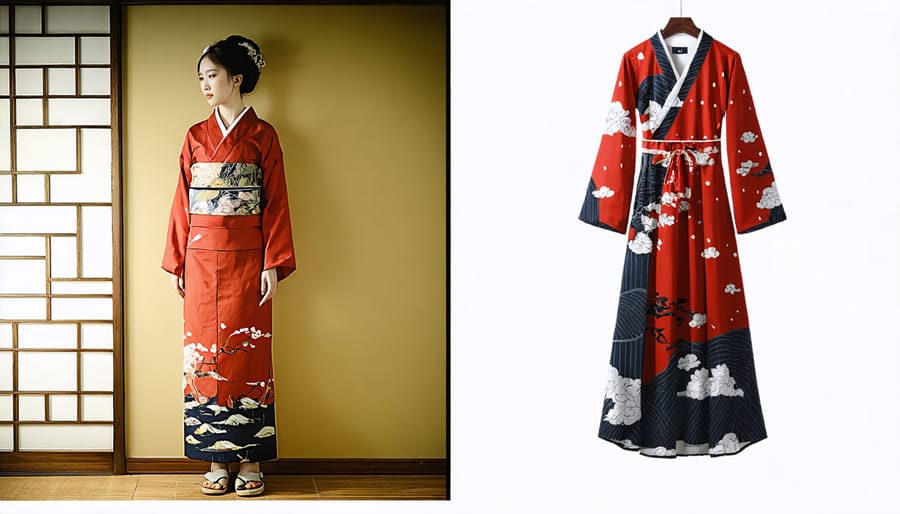Asian fashion has moved from the periphery of global consciousness to the heart of what feels current. What once trickled West through occasional runway “inspirations” now streams daily via dramas, music videos, gaming avatars, and friction‑free cross‑border e‑commerce. The effect is not appropriation but conversation: silhouettes, fabrics, rituals of dress and beauty circulate in both directions, remixing as they go.
Hybrid Heritage, New Silhouettes
Designers across Seoul, Tokyo, Shanghai, Mumbai, Jakarta, and Manila are mining archives hanbok folds, sari drape logics, boro patchwork, indigo dye baths then translating them into modular separates, tech fabrics, and gender‑fluid tailoring. Volume play from traditional garments sits beside precision pattern‑cutting; embroidery once reserved for ceremony now edges denim, sneakers, and workwear jackets. These hybrids let wearers signal heritage without feeling costumed, and they travel well across climates and cultures.
Pop Culture as Runway
Idols and actors function as real‑time lookbooks. A character’s campus cardigan in a hit K‑drama sells out overnight; an anime‑inspired accessory spikes global searches; Bollywood couture color stories reappear in festival capsules. Because media franchises drop seasons, tours, and merch on tight cycles, trend diffusion compresses from years to days, rewarding agile, small‑batch manufacturing.
Beauty Rituals Cross Borders
Skincare philosophies from Seoul and Tokyo to Ayurveda‑rooted botanicals in South Asia have reset global expectations. Layered hydration steps, fermented actives, sunscreen discipline, and holistic “skin health” framing encourage consumers to treat routines as daily ceremony. Refillable pods, capsule ampoules, and playful masking rituals bleed into fashion merchandising, syncing vanity shelves with wardrobe color stories.
Craft, Sustainability, Identity
Younger consumers are also asking where and how things are made. Regional craft clusters ikat weaving, shibori resist dye, natural silk blends, recycled sari textiles are entering contemporary capsules positioned as slow‑fashion alternatives to ultra‑fast churn. Repair aesthetics (visible mending, sashiko stitching) dovetail with circular design values while honoring historical frugality embedded in many Asian textile traditions.
Digital Cross‑Pollination
Social commerce platforms and community marketplaces lower barriers for indie labels to sell globally, while diaspora creators act as cultural translators styling qipao with blazers, pairing juttis with jeans, or layering kimono‑inspired jackets over streetwear. AI‑driven sizing tools, virtual try‑ons, and localized drop shipping help niche labels reach first‑time buyers abroad without heavy upfront inventory.
The Takeaway
Asian fashion’s global impact lies in its agility: deep craft memory, tech‑forward manufacturing, pop‑powered storytelling, influential beauty culture, and digital retail that collapses distance. In that mix, “East” and “West” stop being endpoints and become ingredients in a shared style kitchen.

